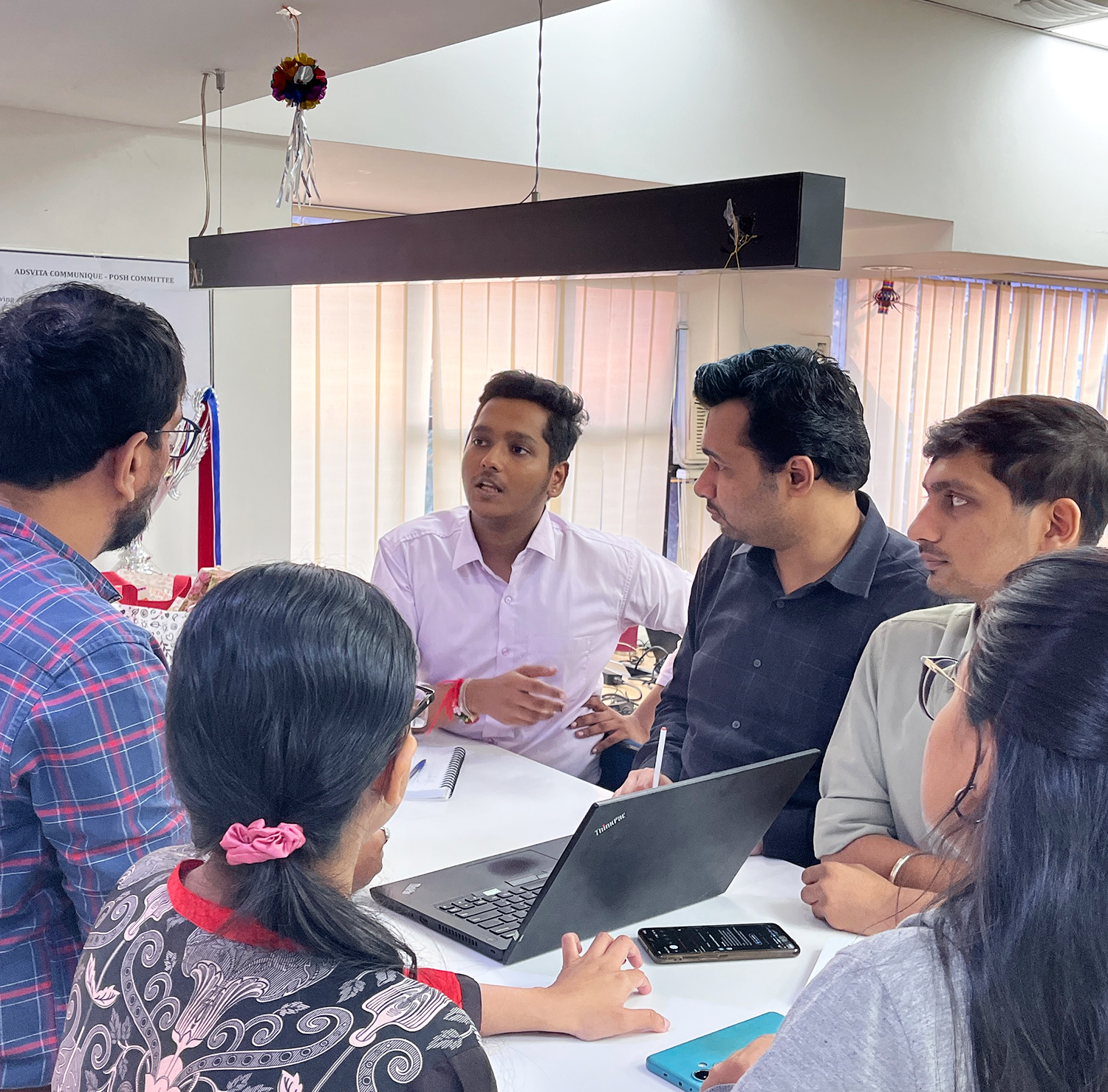
Corporate reporting has undergone a significant transformation in recent years, moving beyond traditional financial statements to encompass broader narratives that address both financial and non-financial aspects of business performance. Integrated annual reports have emerged as a pivotal tool in this evolution, providing a holistic view of an organization’s value creation story. Here’s a comprehensive look at the importance of integrated reports, their structure, and how they benefit stakeholders.
The evolution of integrated reports in modern corporate communication
Integrated reports have evolved in response to the growing demand for transparency and accountability from a diverse range of stakeholders. Unlike standalone financial or sustainability reports, integrated reports combine financial performance with insights into environmental, social, and governance (ESG) metrics, highlighting the interdependence between a company’s business model and its broader impact.
This shift reflects:
- Changing Stakeholder Expectations: Investors, regulators, and customers now seek a deeper understanding of how a company’s financial performance aligns with its long-term sustainability goals.
- Global Trends in Reporting: Frameworks such as the International Integrated Reporting Council (IIRC) and initiatives like the Global Reporting Initiative (GRI) emphasize the need for cohesive and comprehensive reporting.
- Enhanced Decision-Making: By integrating financial and non-financial data, companies enable stakeholders to make more informed decisions.
How integrated reports address a larger stakeholder base
Integrated reports cater to a wide range of stakeholders, including:
- Investors and Analysts: By connecting financial performance with ESG initiatives, integrated reports provide insights into risk management, future growth potential, and long-term value creation.
- Regulators: Demonstrating compliance with both financial and sustainability reporting standards.
- Employees: Highlighting how the organization’s strategy aligns with employee well-being and corporate values.
- Customers and Communities: Showcasing commitments to ethical practices, community engagement, and environmental stewardship.
Key content elements of an integrated annual report
An effective integrated annual report includes several key elements:
- Organizational Overview: A concise introduction to the company’s mission, vision, values, and business model.
- Governance Disclosures: Insights into the board’s role in strategy, risk management, and ESG oversight.
- Performance Metrics: A balanced presentation of financial results and non-financial outcomes.
- Risks and Opportunities: Identification of key risks and how the organization plans to mitigate them.
- Future Outlook: Forward-looking statements that outline strategic priorities and growth plans.
Benefits of integrating financial and non-financial metrics for stakeholders
Integrating financial and non-financial metrics offers numerous advantages:
- Holistic Insights: Stakeholders gain a comprehensive understanding of the organization’s performance and impact.
- Enhanced Credibility: Transparent reporting builds trust and strengthens stakeholder relationships.
- Strategic Alignment: Linking ESG initiatives to financial performance underscores the company’s commitment to sustainable growth.
- Competitive Advantage: Companies with robust integrated reports often stand out as industry leaders.
Frameworks like IIRC and their global significance
The International Integrated Reporting Council <IIRC> has been instrumental in shaping the integrated reporting landscape. Its framework emphasizes value creation over time, guiding companies to:
- Connect strategy, governance, and performance.
- Demonstrate the interdependence of financial and non-financial factors.
- Adopt a forward-looking approach that resonates with global investors.
Other frameworks, such as the Sustainability Accounting Standards Board (SASB) and the Task Force on Climate-related Financial Disclosures (TCFD), complement the IIRC framework by offering additional guidance on specific ESG metrics.
How professional design and strategic narratives elevate integrated reports
A well-designed integrated report not only informs but also engages its audience. Professional reporting agencies play a crucial role in:
- Strategic Storytelling: Certified subject matter experts (aligned with <IIRC> objectives), craft narratives that align financial results with ESG goals. These specialists ensure that the storytelling is both meaningful and structured, adhering to the integrated reporting framework. Through workshops and engagement sessions with key stakeholders, they foster an integrated thinking approach that drives coherence and alignment across the organization.
- Innovative Design: Agencies employ advanced design techniques, including infographics, visuals, and digital formats, to make complex information more accessible and engaging. These designs not only simplify data but also enhance the aesthetic appeal of the report, ensuring it resonates with a diverse audience.
- Customizing Content: Reporting agencies tailor the content of integrated reports to address the specific needs of different stakeholder groups. This includes conducting detailed stakeholder assessments to identify priorities and presenting information in a way that addresses these concerns effectively.
- Ensuring Compliance: Professional agencies ensure that reports align with global frameworks like the IIRC, SASB, and TCFD. They also stay abreast of evolving regulatory requirements to ensure seamless compliance while maintaining the report’s strategic focus.
- Workshops and Capacity Building: Agencies organize capacity-building sessions, including tailored workshops for directors and senior leadership, to embed integrated thinking within the organization. These initiatives help stakeholders understand the importance of linking financial and non-financial data and align their strategies accordingly.
- Regular Engagement: Through continuous collaboration with the client’s teams, agencies facilitate the collation of accurate data from various departments. This includes establishing robust data collection processes, conducting regular follow-ups, and offering strategic recommendations to enhance the overall reporting process.
By leveraging the expertise of trained professionals, companies can create integrated annual reports that not only meet regulatory requirements but also serve as powerful tools for stakeholder engagement and strategic communication.
Conclusion
Integrated annual reports represent the future of corporate reporting, bridging the gap between financial and non-financial storytelling. By embracing this approach, companies can demonstrate their commitment to transparency, sustainability, and long-term value creation. With the support of professional design and reporting agencies, integrated reports can become powerful tools for building trust and fostering deeper connections with stakeholders across the board.














